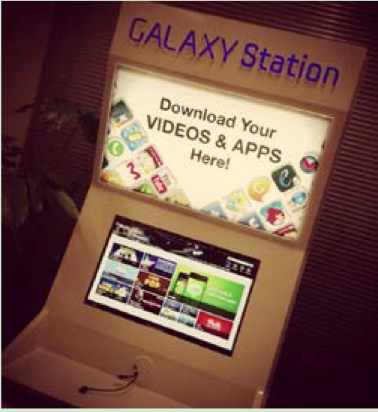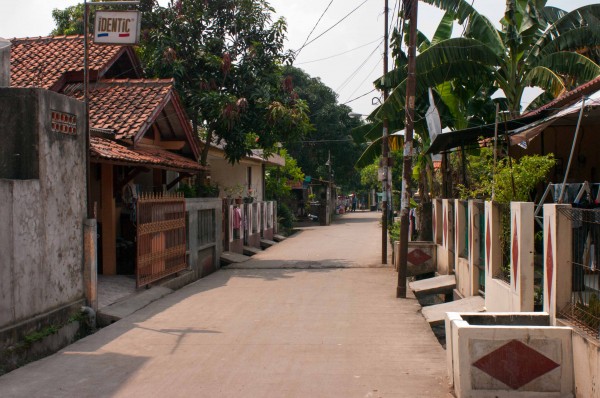Following up on our research that we conducted last year on Internet usage in Indonesia, The Financial Times published an article (Note: Paywall) on Indonesia’s challenges to developing ecommerce. Their observations and interviews confirm our observations about infrastructure hindering the development of ecommerce.
It will be interesting to see how ecommerce develops over the coming years in Indonesia. Based on the field work we conducted, infrastructural change is unlikely to follow the path of western countries in terms of their development. Instead, Indonesians are already employing alternative approaches to western business and logistics models in order to work with their current infrastructure. In the near future, some of these logistical alternatives will likely be replaced by a better technology. However, just as likely in some cases, these alternatives may become entrenched as institutions that are the local, accepted way of completing tasks and conducting business.
An example of the former are the app kiosks provided by some mobile OEMs in their branded stores or by operators that allow smartphone owners to plug in their phones and download apps and video. These kiosks allow users to bypass the annoyance of unstable and slow 3G networks in order to download apps and video more easily and efficiently. Further, the kiosks conserve customers’ expensive bandwidth. Nevertheless, as bandwidth improves and becomes more stable with the adoption of LTE networks over the coming years, the utility of the kiosks is likely to fade.
An example of an institution that will not change soon is the lack of consistent and stable addresses for deliveries. However, as the FT story points out, courier services have emerged as the means to deliver ecommerce items. Barring wholesale government or private investment, these services will likely evolve beyond logistical alternatives to become the accepted means of delivery of goods bought via ecommerce. Apart from a few specialized services, couriers are no longer the western approach to delivery. Technology companies that wish to succeed will need to adjust their logistical models and technological assumptions (or make large-scale investments) in order to meet the requirements and customs of some locales.


Adi Tedjasaputra wrote on
wrote on
Bill Selman wrote on
wrote on